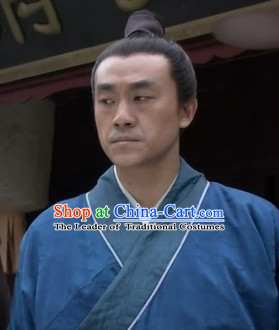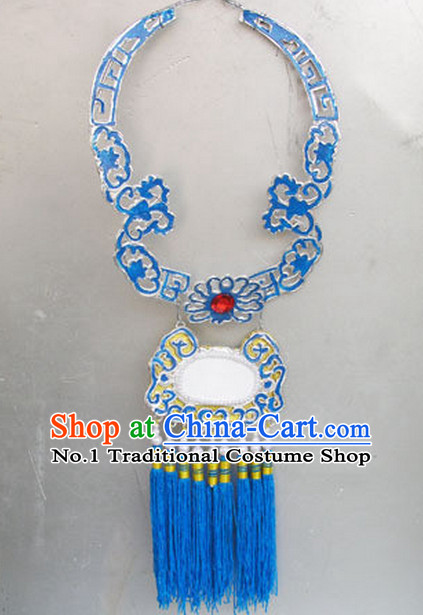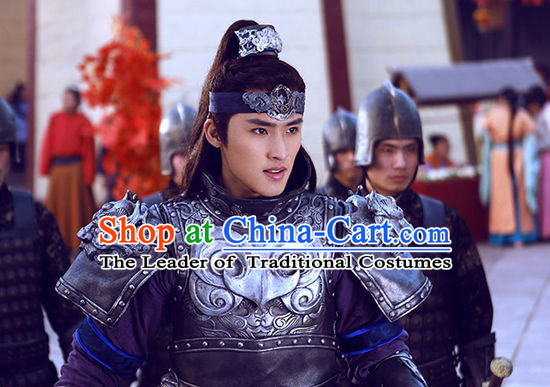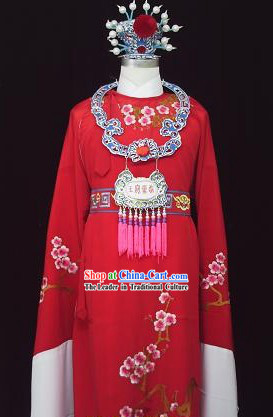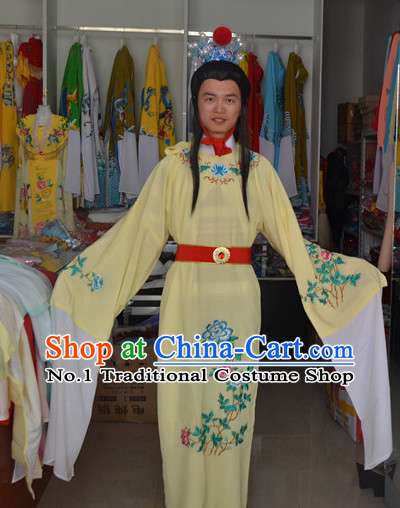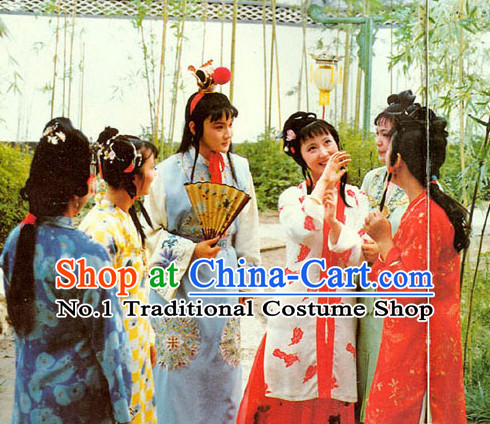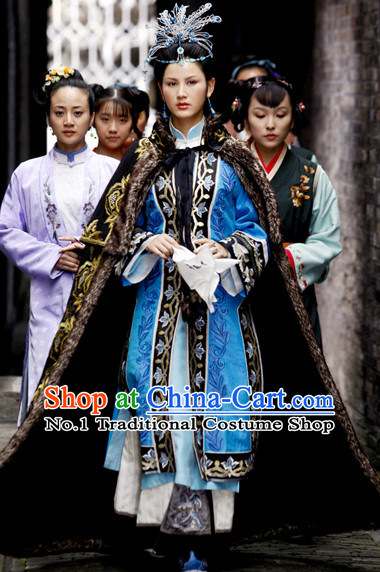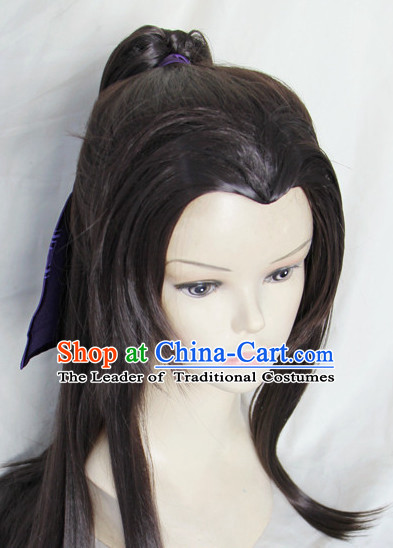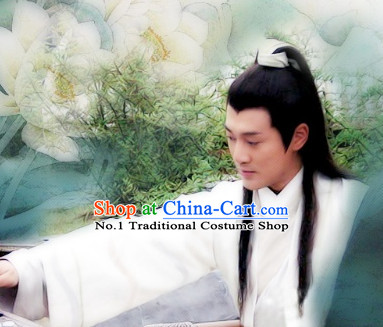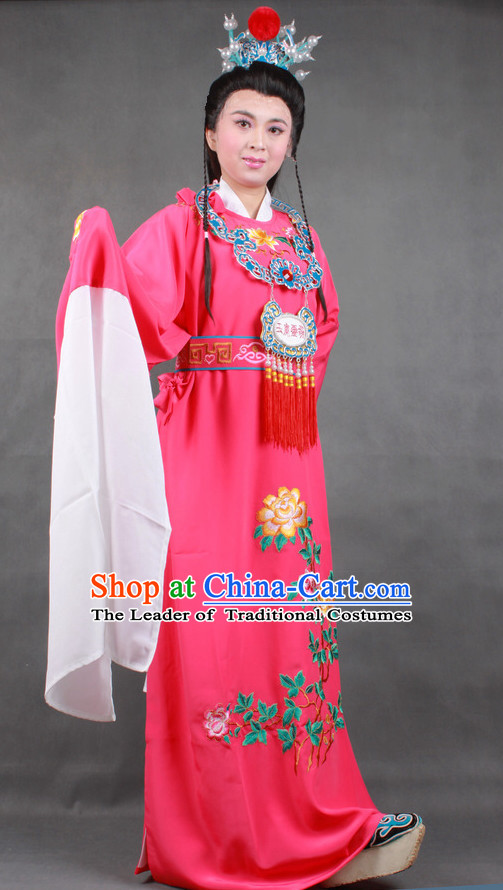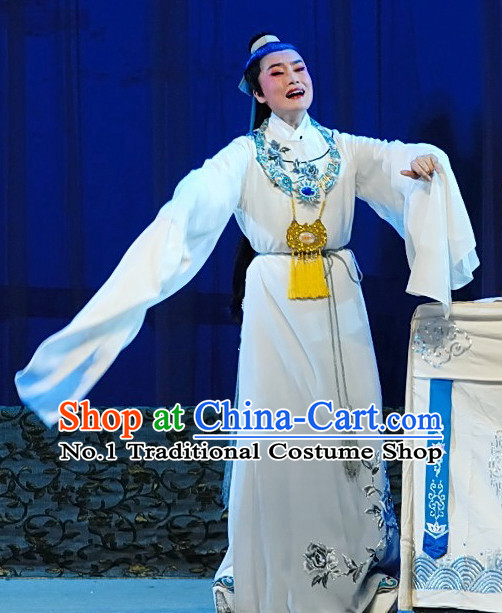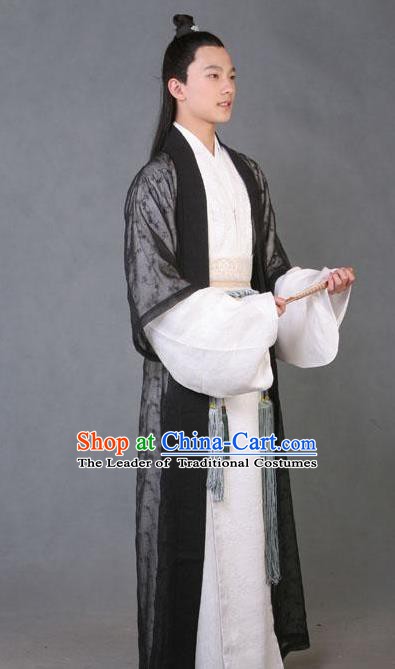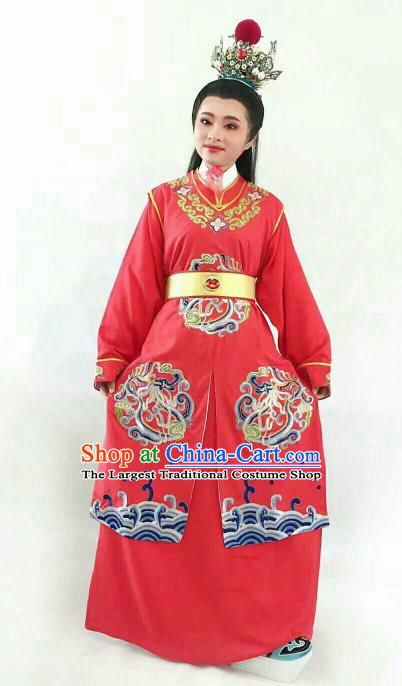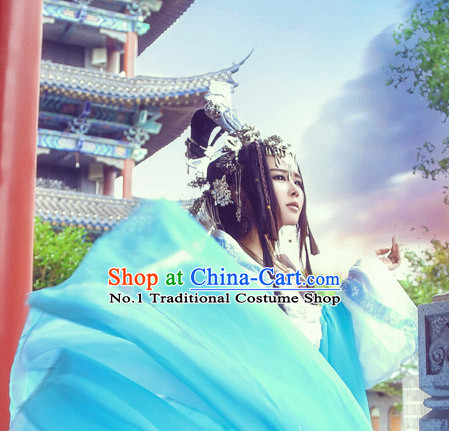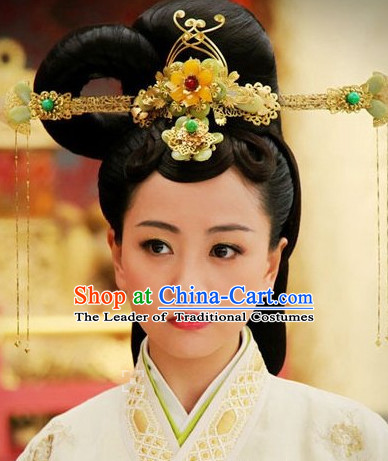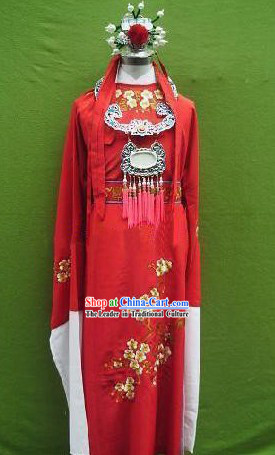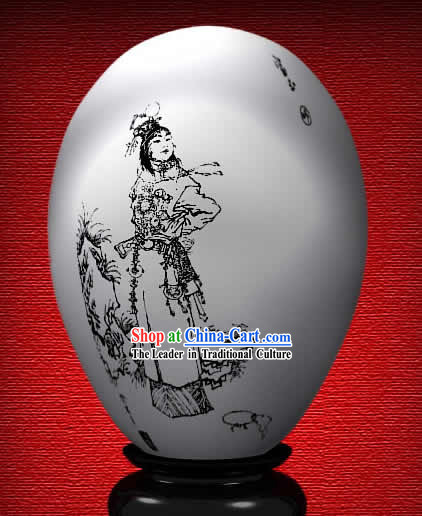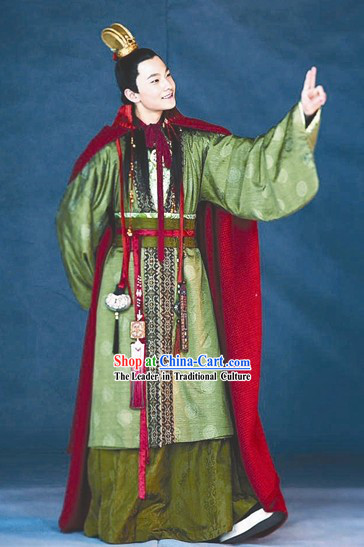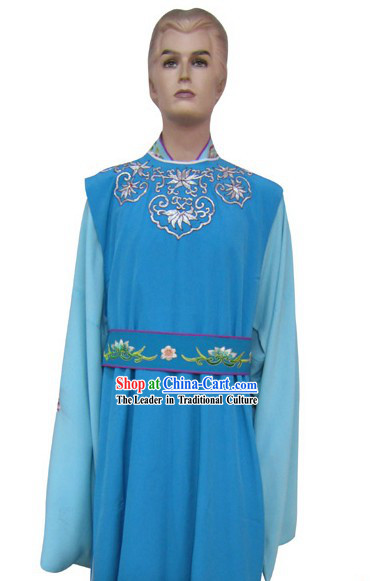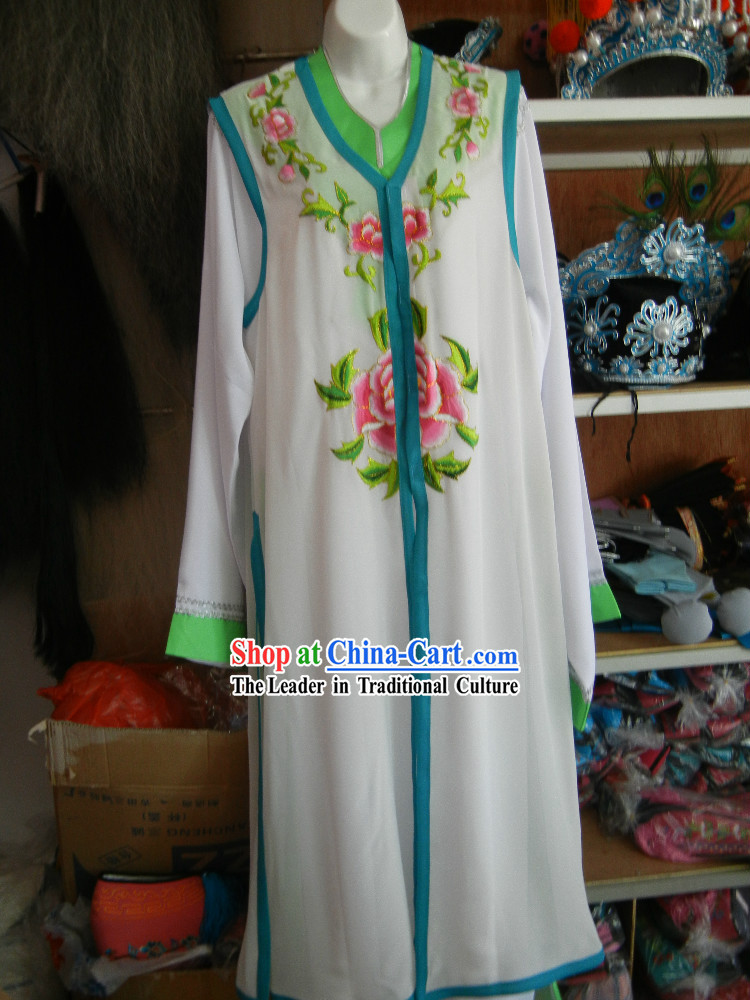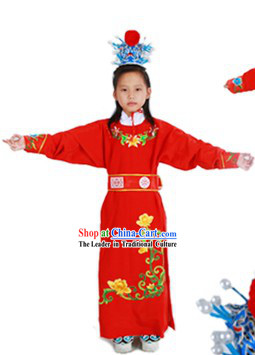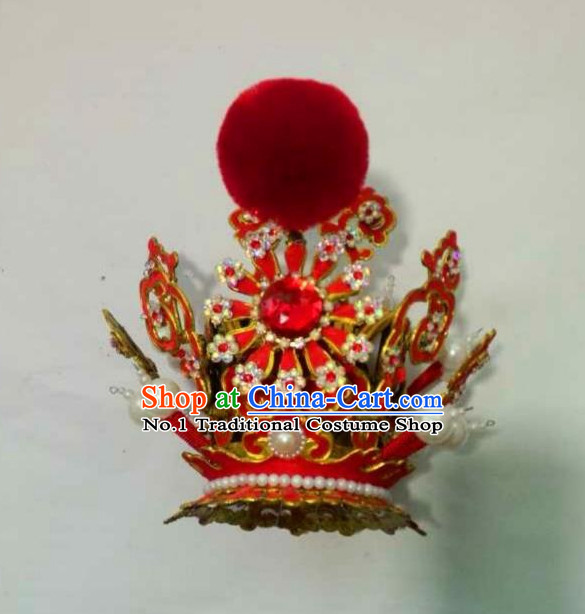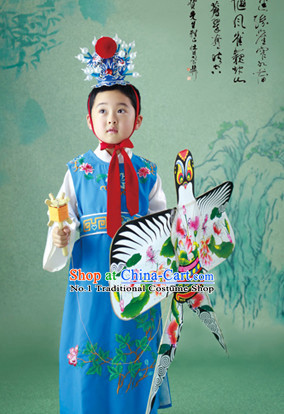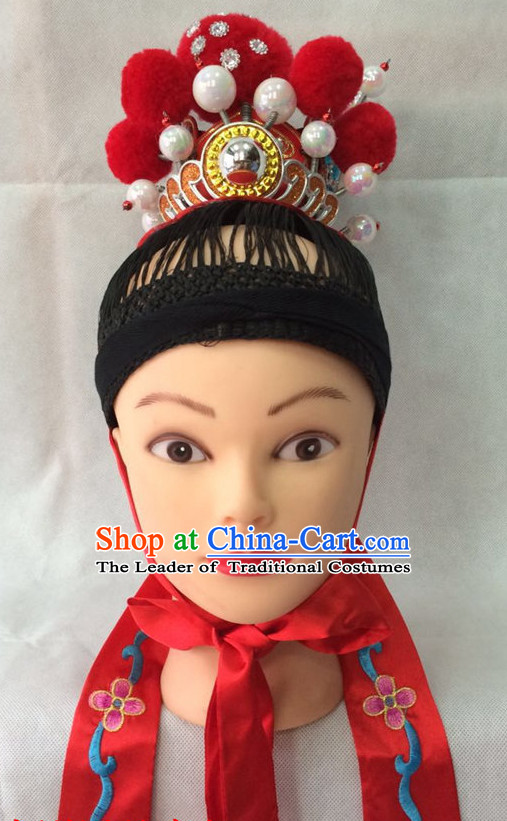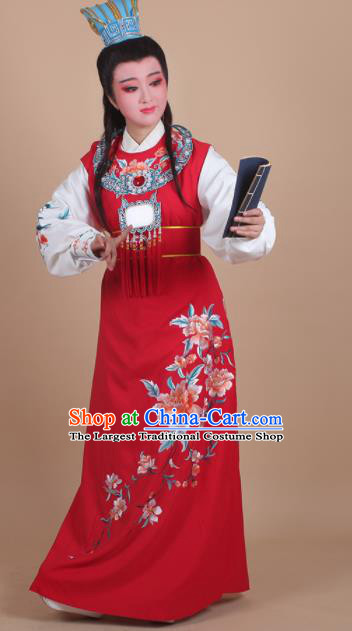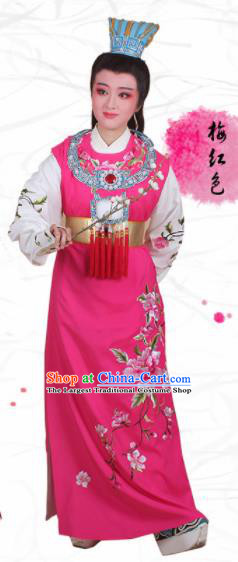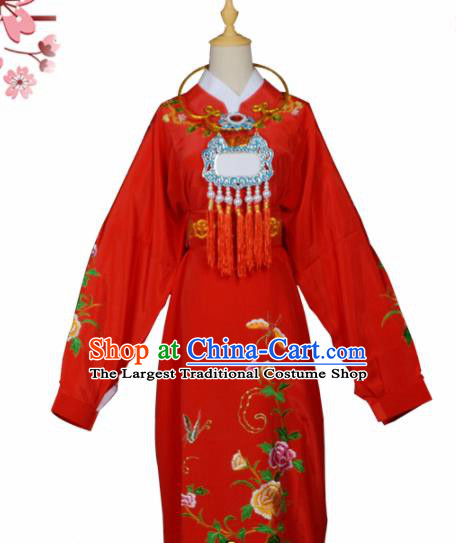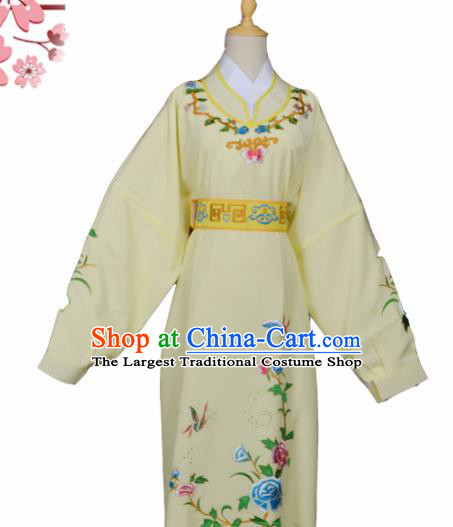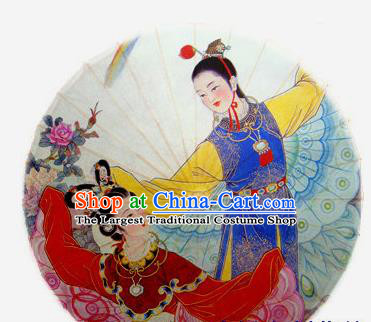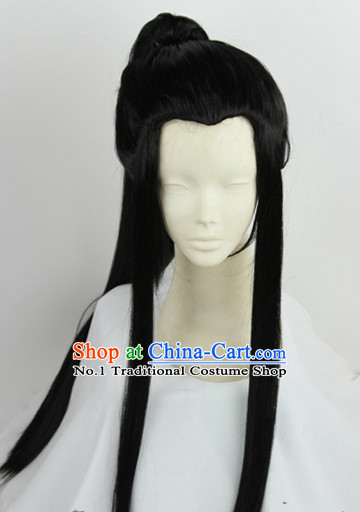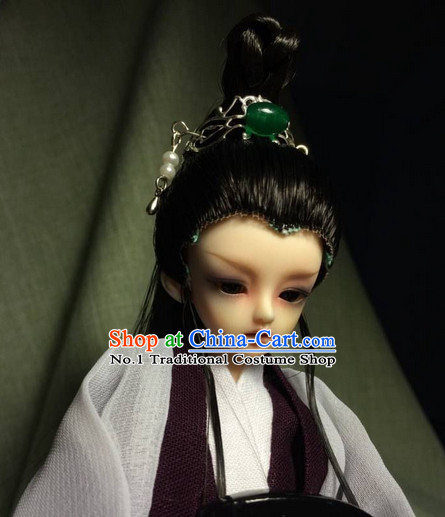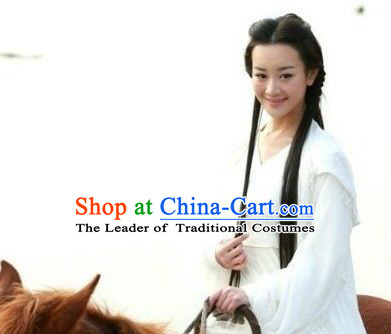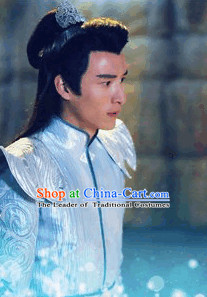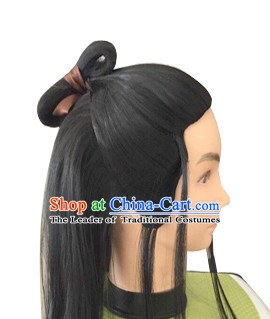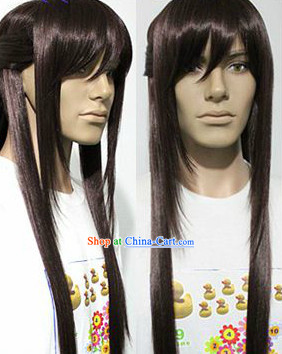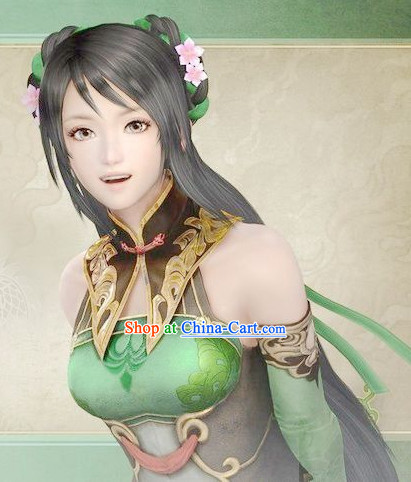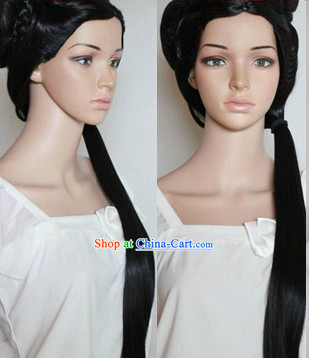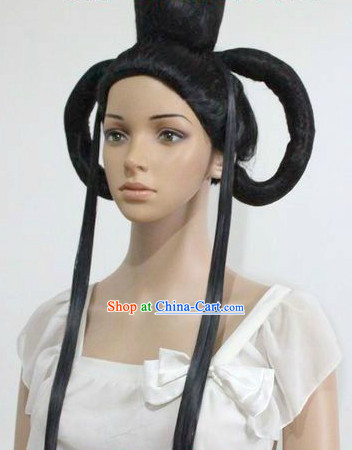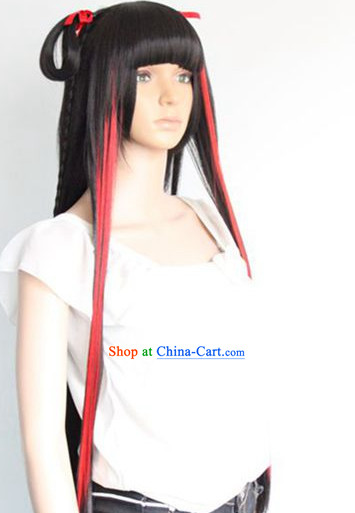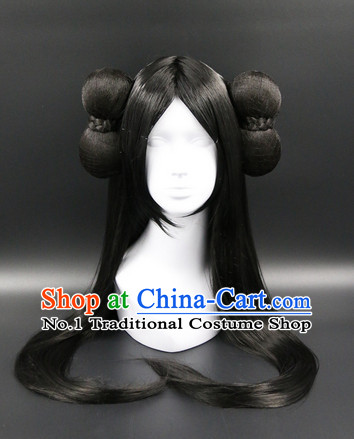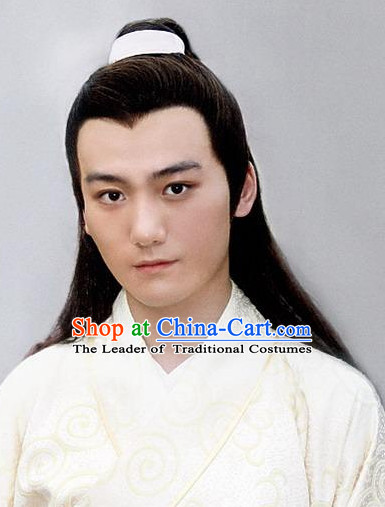
Click Related Pictures for More Audios:
In ancient China, hairstyles and headwear were important symbols of identity, status, and cultural traditions.
Among them, the long hair and headscarf of ancient Han men were particularly significant.
This style originated from many dynasties in Chinese history, such as the Han, Tang, and Song dynasties.
During these periods, long hair was considered a symbol of elegance and nobility because it required careful grooming and maintenance.
In addition, long hair was believed to protect the head from the sun, wind, and cold.
Therefore, many ancient Han men liked to keep their hair long and used headscarves to secure their hair.
Today, while long hair is no longer as common as it was in ancient times, there are still some people who prefer to keep their hair long.
For example, some male artists, actors, and singers may choose to keep their hair long to express their personality or artistic style.
Additionally, some fashion brands also launch products with long hair as the theme, such as clothing, accessories, and cosmetics.
In summary, the long hair and headscarf of ancient Han men are an important element of Chinese cultural history, representing elegance, nobility, and traditional values.
Although modern society has undergone great changes, this style is still preserved and passed down in certain contexts.







